Sharing about the cost for attic insulation on an old home including details on size of the attic, type of insulation, condition of existing insulation, and more!
Our house was built in the 70s and it's a split-level which means we already struggle with heating and cooling to some degree. Over the years, we've noticed that certain rooms on certain floors are cooler/hotter than others.
After some research and some testing on our own, we decided to create a more comfortable living environment and save energy costs by adding more insulation to our home.
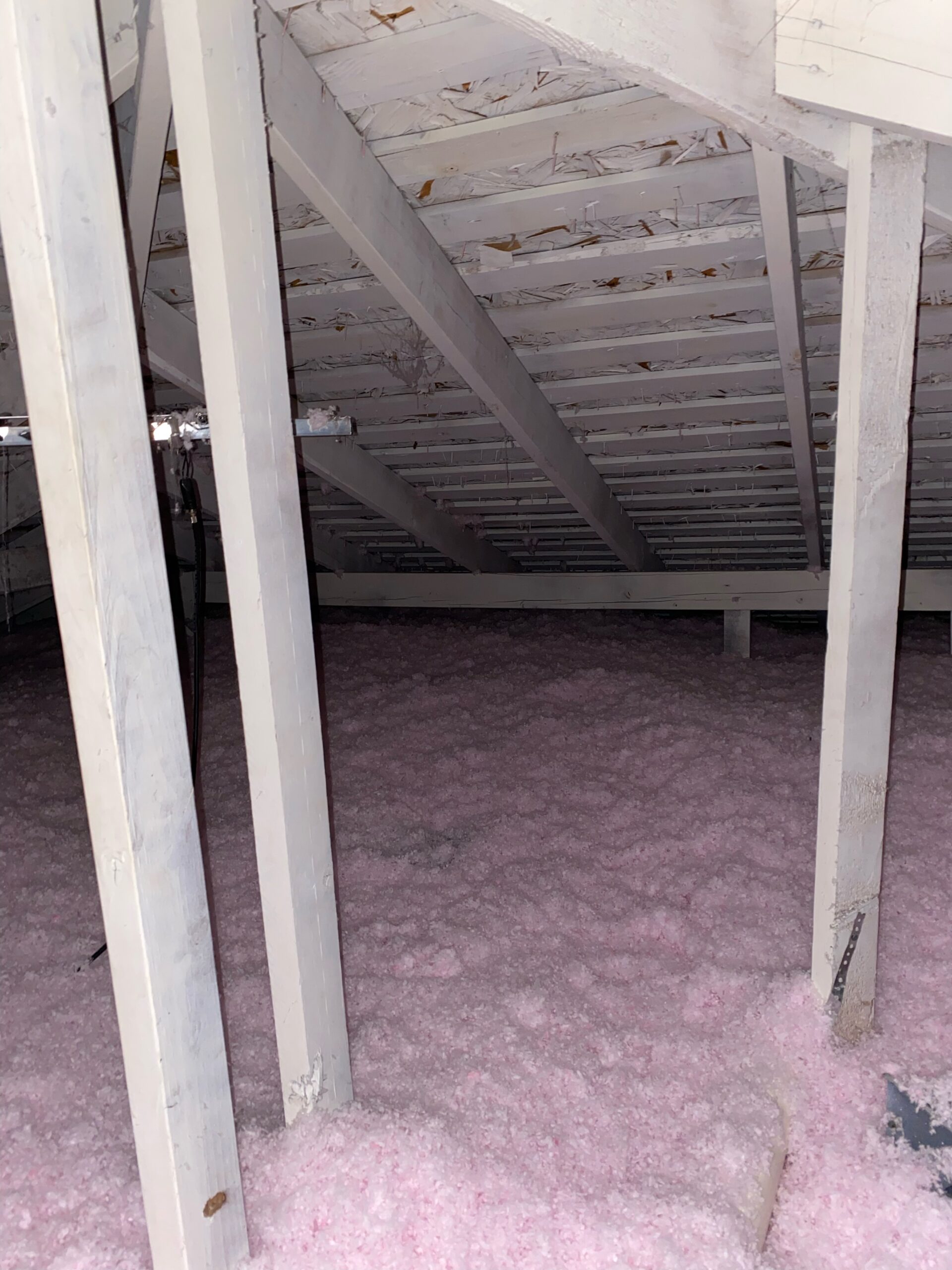
In general, a poorly insulated attic can lead to a variety of issues, including increased energy bills, uneven temperatures, and even damage to the roof. We decided to take the step in improving our home with more up-to-code insulation.
Insulation inspection and research
The first step in determining the cost of insulating a poorly insulated attic is to conduct an inspection. A professional inspector will assess the condition of the existing insulation and identify any areas that need improvement. They will also provide recommendations on the type of insulation that is best suited for the attic and the estimated cost of installation.
Homeowners can also do a DIY inspection by checking for air leaks, gaps in insulation, and signs of moisture or damage. Luke did this in our home. He also used temperature sensors that we bought to watch for how the temperature changed in certain rooms.
Another rule of thumb on attic insulation is that if you have an older home, then you can probably use an upgrade. Insulation has come a long way in the last twenty years and what was done to code back in the day of your build is probably way under insulated by today's standards.
Let's talk more about what attic insulation is and types and then I'll share what we paid and what we think!
Understanding Attic Insulation
Attic insulation is an essential component of many home's energy efficiency. It helps to keep the heat inside during the winter and outside during the summer. A poorly insulated attic can result in high energy bills, discomfort, and even damage to the home.
There are various types of insulation materials available, including fiberglass, cellulose, wool, and spray foam insulation. Each of these materials has its own unique properties and benefits.
Batt insulation, also known as blanket insulation, is a type of insulation that comes in pre-cut panels or rolls. It is commonly made of fiberglass or rock wool and is installed between the joists in the attic. We actually installed rock wool in our basement to help insulate as well as provide a sound barrier.
Batt insulation is easy to install and is a cost-effective option for homeowners.
Blown-in insulation, also known as loose-fill insulation, is another popular option for attic insulation. It is made of either fiberglass or cellulose and is installed using a blowing machine. Blown-in insulation is a great option for hard-to-reach areas and can be used to fill in gaps and cracks.
Spray foam insulation is a more expensive option but is highly effective in sealing air leaks and providing superior insulation. It is made of polyurethane foam and is sprayed directly onto the attic floor and walls. Spray foam insulation provides a complete air barrier and can help to reduce energy costs significantly.
Overall, the cost of attic insulation will depend on various factors, including the size of the attic, the type of insulation material used,R-value (a measure of the insulation's effectiveness) desired and the installation method.
Homeowners should consider the long-term benefits of proper attic insulation, including energy savings and increased comfort, when deciding on the type of insulation to install.
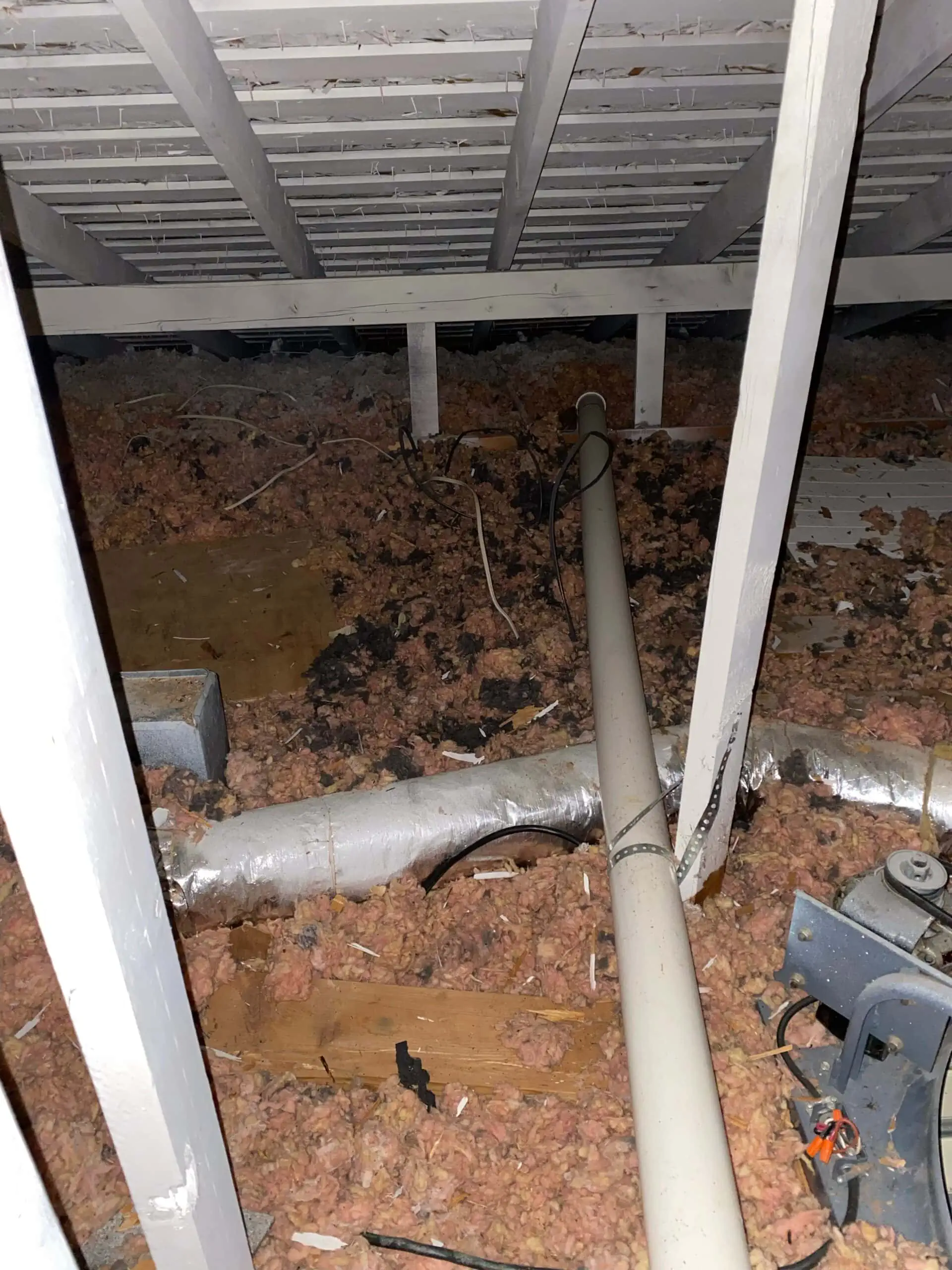
Why You Need Attic Insulation
Without proper insulation, your home can experience drafts, leaks, and temperature swings that can make it difficult to maintain a consistent room temperature.
Attic insulation can also help to improve the indoor air quality of your home by reducing the amount of warm air that escapes through your attic. This can help to reduce the amount of dust, pollen, and other allergens that circulate in your home, which can be especially beneficial for those with respiratory issues.
In addition to improving your home's energy efficiency and indoor air quality, attic insulation can also be beneficial for the environment. By reducing your energy consumption, you can help to lower your carbon footprint and contribute to a more sustainable future.
Overall, if you have a poorly insulated attic, investing in attic insulation can be a wise decision that can provide numerous benefits for you and your home.
The Cost to Insulate an Attic
Let's chat average cost to insulate an attic and what we paid for our attic insulation!
Average cost
The average cost to insulate an attic is between $1.50 and $3.50 per square foot. For a typical 1,000 square foot attic, the cost can range from $1,500 to $3,500. However, the cost can be higher or lower depending on the type of insulation mentioned earlier. Read more about costs here.
Material cost
The cost of insulation material is one of the significant factors that affect the overall cost of insulating an attic. The most common types of insulation materials used for attics are fiberglass, cellulose, and spray foam. Fiberglass tends to be the cheapest material for attic insulation while spray foam will be on your top end in regards to price.

Our attic insulation cost
We started with multiple estimates for blow fiberglass insulation to bring us up to current code for older homes at R-38. Both estimates were $2,500.00. After a little research we discovered that, for our climate, recommendations for new homes is R-45. Expecting that we would see our money back over years of benefit, we decided to have the house insulated at R-45. For our, roughly, 2,000 square foot attic space, this brought our final invoice to $3,150.00.
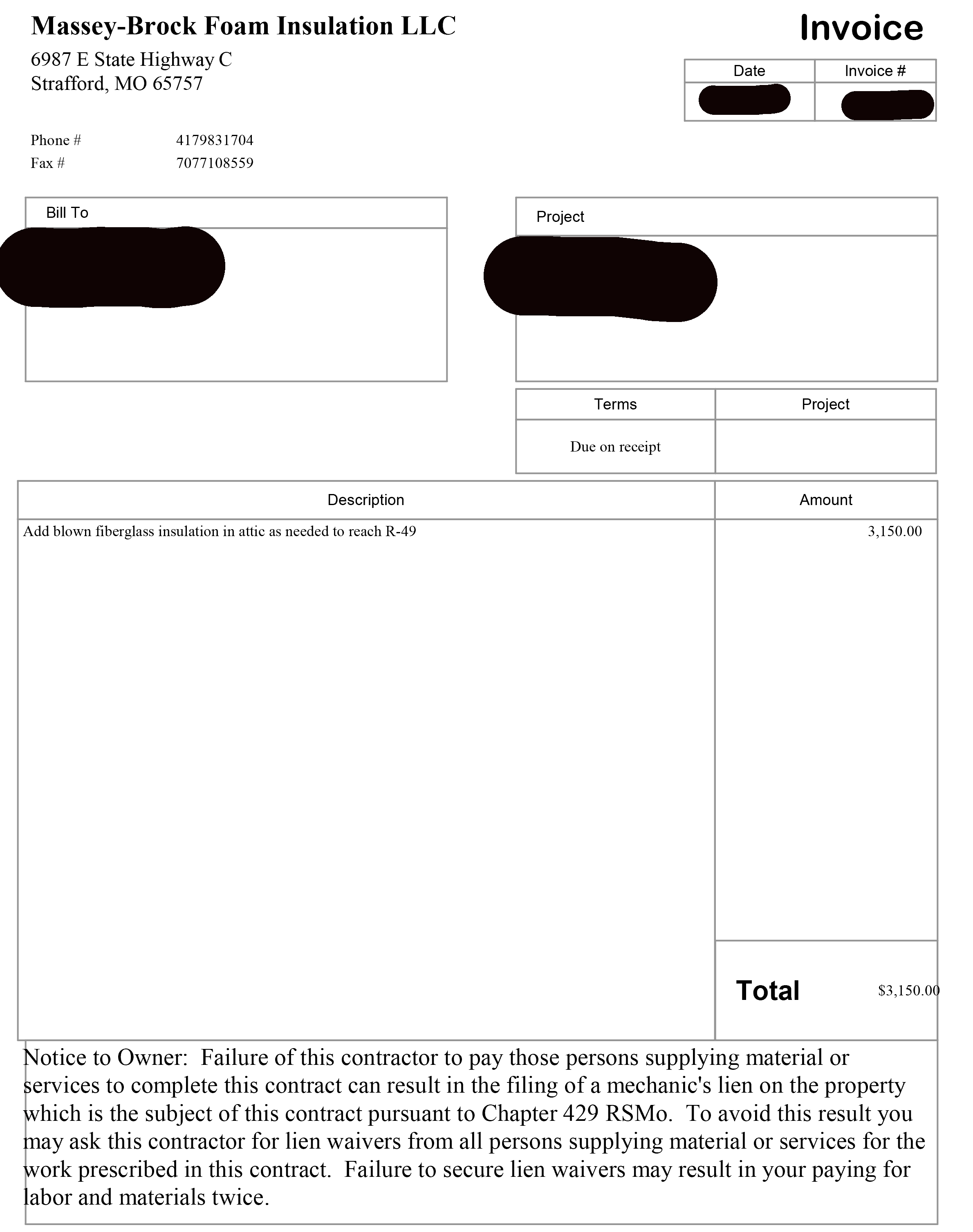
Importance of Sealing and Airflow
Proper sealing and airflow are crucial when it comes to attic insulation. Without proper sealing, air can easily escape through gaps and cracks, leading to energy loss and higher energy bills. Additionally, poor airflow can cause moisture buildup, which can lead to mold and other issues.
One important aspect of sealing and airflow is air sealing. This involves sealing all gaps and cracks between the home and attic to prevent air leaks. This can be done using various materials such as caulk, foam, and weatherstripping. By air sealing the attic, homeowners can significantly reduce energy loss and improve the overall efficiency of their HVAC system.
Another important factor to consider is the HVAC system. In a poorly insulated attic, the HVAC system may have to work harder to maintain a comfortable temperature, leading to higher energy bills and potential damage to the system. By properly insulating the attic and improving airflow, homeowners can reduce the workload on their HVAC system and improve its lifespan.
Proper airflow is also essential to consider. Without proper ventilation, moisture can accumulate in the attic, leading to mold and other issues. Homeowners should ensure that their attic has proper ventilation to allow for adequate airflow and prevent moisture buildup.
In summary, sealing and airflow are crucial components of attic insulation. By properly sealing gaps and cracks, improving airflow, and ensuring proper ventilation, homeowners can improve the efficiency of their HVAC system, reduce energy bills, and prevent potential issues such as mold growth.
Building Codes and Regulations
When it comes to attic insulation, there are building codes and regulations that must be followed. These codes and regulations are in place to ensure that the insulation is installed safely and effectively. In most cases, it is required that a professional installer be hired to install the insulation.
Building codes vary by location, so it is important to check with local authorities to determine the specific requirements in your area. Some common requirements include the minimum R-value (a measure of insulation's ability to resist heat flow) and the type of insulation that can be used.
Overall, attic insulation is a worthwhile investment for homeowners looking to improve energy efficiency and protection in their homes. With proper installation and maintenance, insulation can provide long-lasting benefits and save homeowners money on energy bills in the long run.


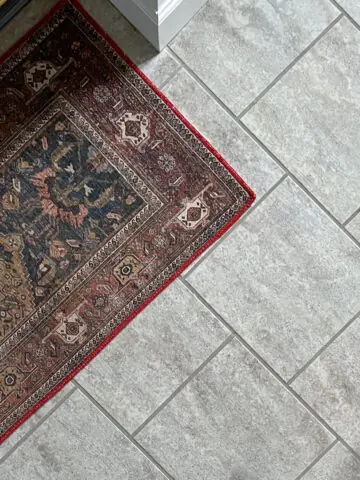
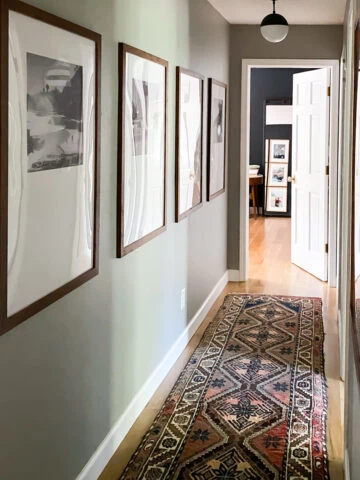
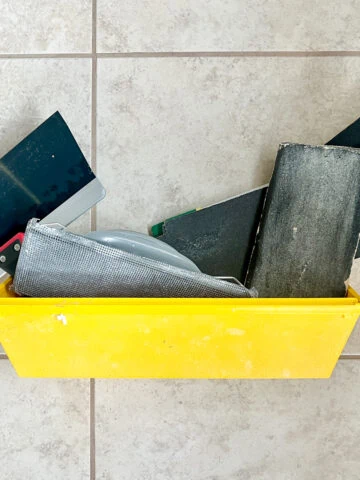
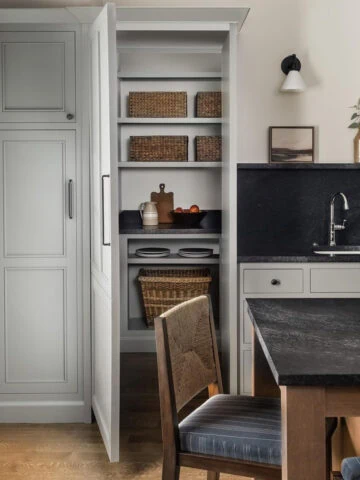
Leave a Reply